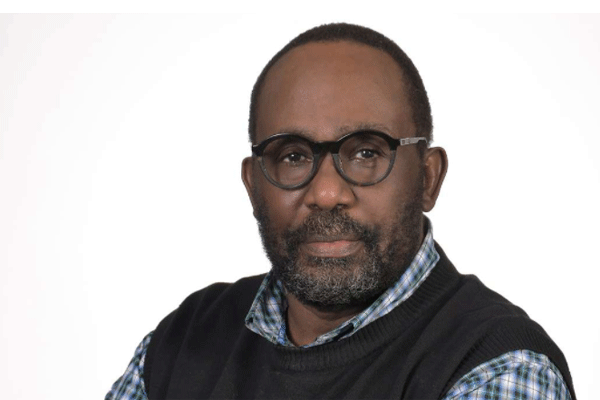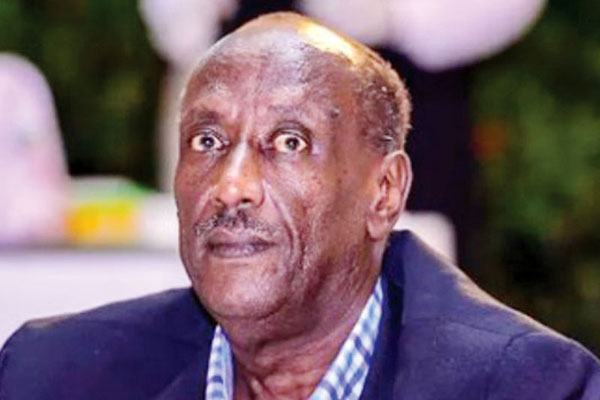Prime
Can Uganda dance like Saleh wants it to?

Author: Charles Onyango Obbo. PHOTO/FILE
What you need to know:
- The farmers, depending on their acreage, pay a small slice of their earnings to keep the irrigation system running, so in many ways, they own – or are significant shareholders – in it.
There has been a campaign, which has hit a high note in recent weeks, for Uganda to find a new path for economic prosperity, away from free-wheeling free market policies, towards some form of state capitalism.
Its biggest champion is the Lt. Gen. Salim Saleh-led Operation Wealth Creation, and it is seeking to dip its hands in the pockets of fabulously cash-rich but under-siege National Security Fund (NSSF) for money to fund that new state capitalism enterprise.
Problematic as it might be, in my view, I still have the duty of an objective journalist to examine the possibilities of this quest. Are there any models in Africa close to the agricultural revolution OWC is pushing?
Well, there might be. I just visited the site of one, in Nasho, in Rwanda’s Eastern Province. Rwanda and Uganda are different, of course, and the former’s history of the genocide against the Tutsi, its land size, its peculiarly hilly terrain, its politics, and the abilities of its state in programme execution, means that in Uganda, the outcomes could be very different.
Rwanda has a population of over 12.6 million people living on 26,338 square kilometres of land and is the most densely populated mainland African country. Also, this pressure on land, and the competition between farmers and herders for it, some scholars argue, explained some of the horrific aspects of the 1994 genocide.
For over 25 years now, it has been carrying out land rationalization to achieve more productive use and better access. It has done it through collectivization and specialization.
It has moved people off their individual plots into satellite settlements. It then got them to form co-operatives and pool all their land into big units. The people come from their residential areas to work the land. Most farmers in Rwanda today have to be in a co-operative to farm and sell their produce.
That there looks like some socialist collectivization, right? Yes. But that is before good old capitalism kicks in. Though the land is collectivized, each farmer still owns the portion they brought into the pool. Thus farmer Julius Okot might own two acres, Mary Nalongo might own one, Peter Mulekwa might own half an acre, and Paul Mugisha might own a quarter of an acre. They plant the same crop after the co-operative agrees, and while you might stand on the road and see a maize garden of 100 acres, bits of it are owned differently. The harvest is done, and every farmer gets the share from his/her portion; the bulk of it is sold for them by the co-operative.
There are areas of Rwanda dedicated to growing crops this way. And there are areas which are dedicated to raising cattle, where the pasture and other dairy things are also organized in a similar collectivized version. The farmer with 20 cows will do his thing next to the one with two.
The crop and cattle co-operatives work far apart from each other. The immediate advantage of this is that it drastically reduces the cost of production for the farmers, the cost of extension services, and the cost of transport to market because there are big volumes that can be carried once in a huge truck. In times of drought and dry spells, as presently in most of eastern Africa, this collectivization allows the government to intervene efficiently. Extensive service officers don’t go running around looking for scattered farmers. They find two thousand at a single co-operative. The government trucks large trucks of water to a single co-operative for cattle, and a thousand farmers are all able to get water for their animals in that one shot.
So far, we have seen the socialist collectivist elements and the capitalist elements in this. This brings us to Nasho Co-operative. Though not the biggest in the country, it has 2,000 members who grow food on 29,600 acres. In a $54 million project funded by the Howard G. Buffett Foundation, the Nasho Co-operatives got a solar-powered irrigation facility. Driven by 65 big irrigation pivots, it can irrigate every inch of the farming collective’s 29,600 acres.
But there is another twist. The farmers, depending on their acreage, pay a small slice of their earnings to keep the irrigation system running, so in many ways, they own – or are significant shareholders – in it.
Jittery about its neighbourhood, the Rwanda government maintains a vast strategic food reserve, and so the co-operatives have a sure market of a percentage of their produce bought for the reserve.
A co-operative like Nasho is the site of a socialist-collectivisation, free-market capitalist land ownership and sale of individual share of produce, foreign funding, and state capitalism, all brewed in one pot.
The result? Because of the efficiencies and economies of scale, this hybrid system has brought, there are farmers who previously earned $1,000 a month, who today can rake in $5,000 in a good month. So, it’s possible. Can Uganda pull it off?
Mr Onyango-Obbo is a journalist, writer and curator of the “Wall of Great Africans”. Twitter@cobbo3





